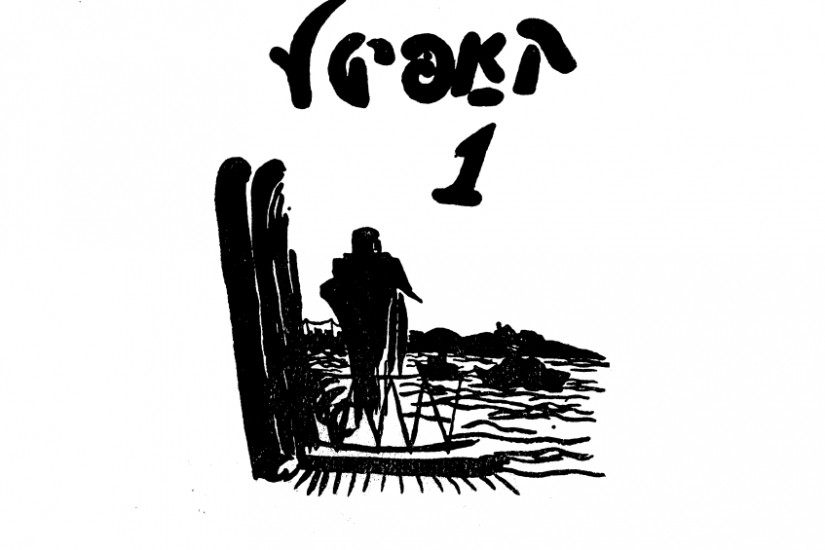What would it take to repair the damage done to the American Jewish psyche by hundreds of lousy Holocaust novels and school productions of Fiddler on the Roof? Every culture needs its inhumanly idealized pop versions of its past, I suppose, whether Lincoln or Gone With the Wind. But American Jews with roots in Yiddish-speaking Europe bear the burden of a past not merely gone but incinerated. The community’s response has been to sanctify these ancestors’ deaths rather than their lives, as though it were our responsibility to recall their murderers’ actions rather than theirs—and thereby to regard these ancestors as holy innocents, trapped in sentimental amber.
The psychological damage from this attitude toward the past is profound. It means we are never allowed to view the Jews of pre-Holocaust Europe as adults, as participants in a complex and diverse and contradictory world or, more important, as people who were aware enough to see it coming. It means that in novel after pseudo-redemptive novel, we are never allowed to see the truth or to recognize ourselves as its inheritors. What, then, would actual art about that truth really look like? And what might we gain by replacing that faux past with something … real?
When I call Jacob Glatstein’s Yiddish novel Homecoming at Twilight a masterpiece, the word hardly seems adequate. “Masterpiece” describes Thomas Mann’s The Magic Mountain, a novel about a resort/sanatorium that shelters its diverse guests from the horror about to engulf Europe in the First World War. But The Magic Mountain was published in 1924, years after that war ended. Homecoming at Twilight, a novel about a resort/sanatorium that shelters its diverse guests from the horror about to engulf Europe’s Jews, was written before the Second World War even began. (It was first published in 1940, but was composed in the mid-1930s as part of a projected trilogy.) Was this American Yiddish poet also a prophet? Terrifyingly, the answer is no.
